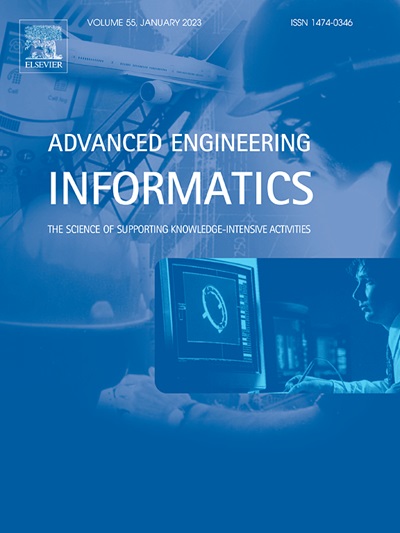Critical challenges and advances in vibration signal processing for non-stationary condition monitoring
IF 8
1区 工程技术
Q1 COMPUTER SCIENCE, ARTIFICIAL INTELLIGENCE
引用次数: 0
Abstract
This study provides a comprehensive overview of challenges and advancements in vibration analysis for machinery operations under non-stationary and non-linear conditions. Non-stationary operation in machinery occurs when operating conditions such as speed, load, and environmental factors change over time. This results in dynamic behaviours that cause fluctuating vibration signals, making fault detection challenging with traditional methods that assume stationary conditions. The paper provides foundational insights and clear concepts on essential topics, including non-stationary operations in rotary machinery, vibration signals in non-stationary operations, cycle-stationary analysis, and the quantification of non-stationary operations. Further advancing, this paper explores the challenges and methodologies in condition-based monitoring for non-stationary machinery operations, focusing on the analysis of vibrational signals. It examines the complexities of working with non-stationary and cyclo-stationary signals and the limitations of traditional signal processing techniques. The study reviews classical time–frequency and advanced signal-processing methods, highlighting their advantages, drawbacks, and applicability in real-world scenarios. Additionally, it addresses the identification of defects across varying operational speeds, identifying gaps in current methodologies and suggesting potential avenues for future research. The paper also emphasizes the importance of transfer learning in non-stationary environments, analyzing various approaches and their effectiveness in improving monitoring performance. Lastly, it discusses the development of expertise and adoption pathways for AI-based predictive maintenance, offering insights into the practical integration of advanced technologies in industrial settings.
非平稳状态监测中振动信号处理的关键挑战与进展
本研究提供了在非平稳和非线性条件下机械运行振动分析的挑战和进展的全面概述。当运行条件如速度、负载和环境因素随时间变化时,机械就会发生非固定运行。这导致了动态行为,导致振动信号波动,使得传统的假设静止条件的故障检测方法具有挑战性。本文提供了基本的见解和明确的概念,包括旋转机械的非平稳操作,非平稳操作中的振动信号,循环平稳分析和非平稳操作的量化。进一步,本文探讨了非平稳机械运行状态监测的挑战和方法,重点是振动信号的分析。它检查工作的复杂性与非平稳和循环平稳信号和传统的信号处理技术的局限性。本研究回顾了经典的时频和先进的信号处理方法,突出了它们的优点、缺点和在现实场景中的适用性。此外,它解决了跨越不同操作速度的缺陷识别,识别当前方法中的差距,并为未来的研究提出潜在的途径。本文还强调了迁移学习在非平稳环境中的重要性,分析了各种方法及其在提高监测性能方面的有效性。最后,讨论了基于人工智能的预测性维护的专业知识和采用途径的发展,为工业环境中先进技术的实际集成提供了见解。
本文章由计算机程序翻译,如有差异,请以英文原文为准。
求助全文
约1分钟内获得全文
求助全文
来源期刊

Advanced Engineering Informatics
工程技术-工程:综合
CiteScore
12.40
自引率
18.20%
发文量
292
审稿时长
45 days
期刊介绍:
Advanced Engineering Informatics is an international Journal that solicits research papers with an emphasis on 'knowledge' and 'engineering applications'. The Journal seeks original papers that report progress in applying methods of engineering informatics. These papers should have engineering relevance and help provide a scientific base for more reliable, spontaneous, and creative engineering decision-making. Additionally, papers should demonstrate the science of supporting knowledge-intensive engineering tasks and validate the generality, power, and scalability of new methods through rigorous evaluation, preferably both qualitatively and quantitatively. Abstracting and indexing for Advanced Engineering Informatics include Science Citation Index Expanded, Scopus and INSPEC.
 求助内容:
求助内容: 应助结果提醒方式:
应助结果提醒方式:


